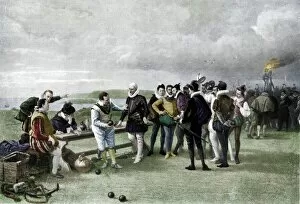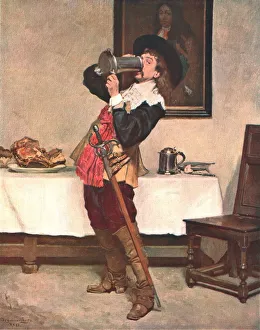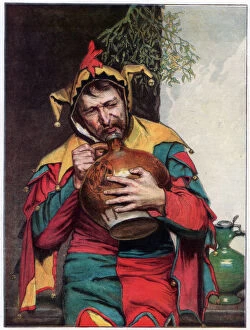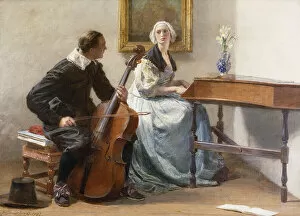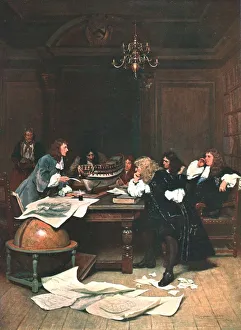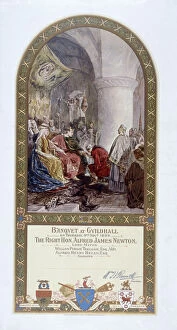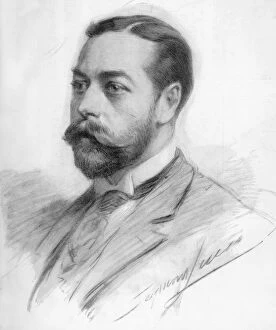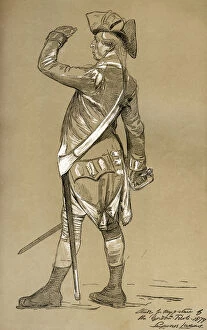John Seymour Collection
John Seymour was a renowned artist known for his captivating and diverse range of works
All Professionally Made to Order for Quick Shipping
John Seymour was a renowned artist known for his captivating and diverse range of works. In "Down to the Dregs, " created in 1880 but popularized in 1902, Seymour showcases his ability to capture raw emotions on canvas. Similarly, "The Armada in sight, Plymouth hoe" depicts a pivotal moment in history with meticulous attention to detail. Seymour's talent is further highlighted in "Though Lost to Sight to Memory Dear" where he masterfully portrays the bittersweet nature of nostalgia. His work often surprises viewers, as seen in "An Unexpected Question, " an intriguing piece from 1922 that leaves us pondering its meaning. In collaboration with unknown creators, Seymour's influence can be seen in pieces like "A Whip for Van Tromp, the Admiralty. " This artwork exudes power and authority while showcasing the artist's versatility. Seymour also delves into historical events such as William I granting the charter to London citizens or capturing the grandeur of Royal Exchange (3rd) interior. These paintings transport us back in time and allow us glimpses into significant moments of our past. "The Standard Bearer" demonstrates Seymour's ability to immortalize bravery and honor through his brushstrokes. Conversely, "Silenced" evokes a sense of mystery and intrigue that captivates viewers' imaginations. With works like "A Spy in the Camp, " we witness Seymour's skillful storytelling abilities as he transports us into covert operations during uncertain times. Meanwhile, "King Charles II Visiting Wren During The Building of St. Pauls Cathedral" offers a glimpse into royal patronage and architectural marvels under construction. Lastly, we are reminded of our city's tumultuous past through Seymour's depiction of "The Gordon Riots. " Through this painting from 1905, he sheds light on historical events that shaped London forevermore.

